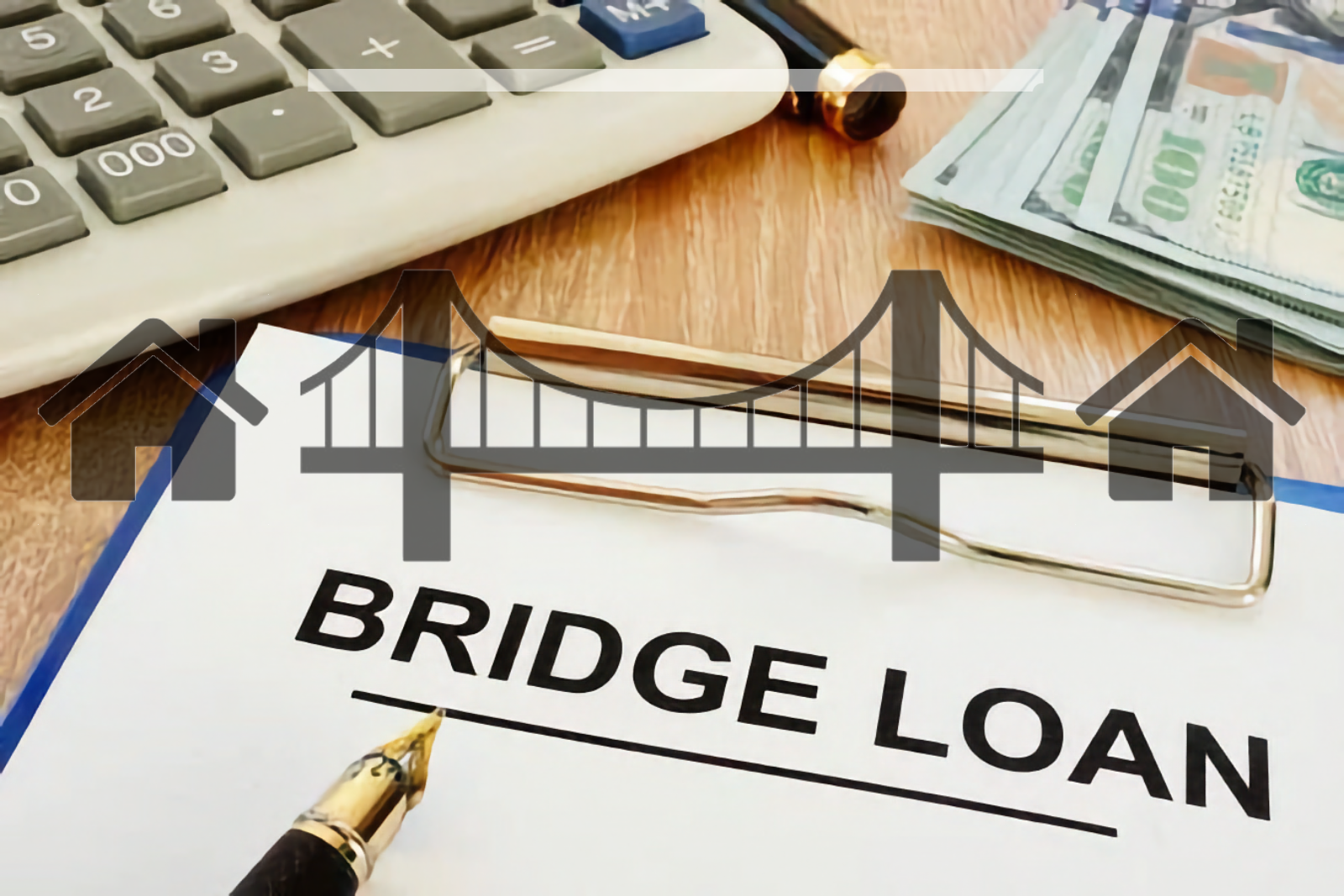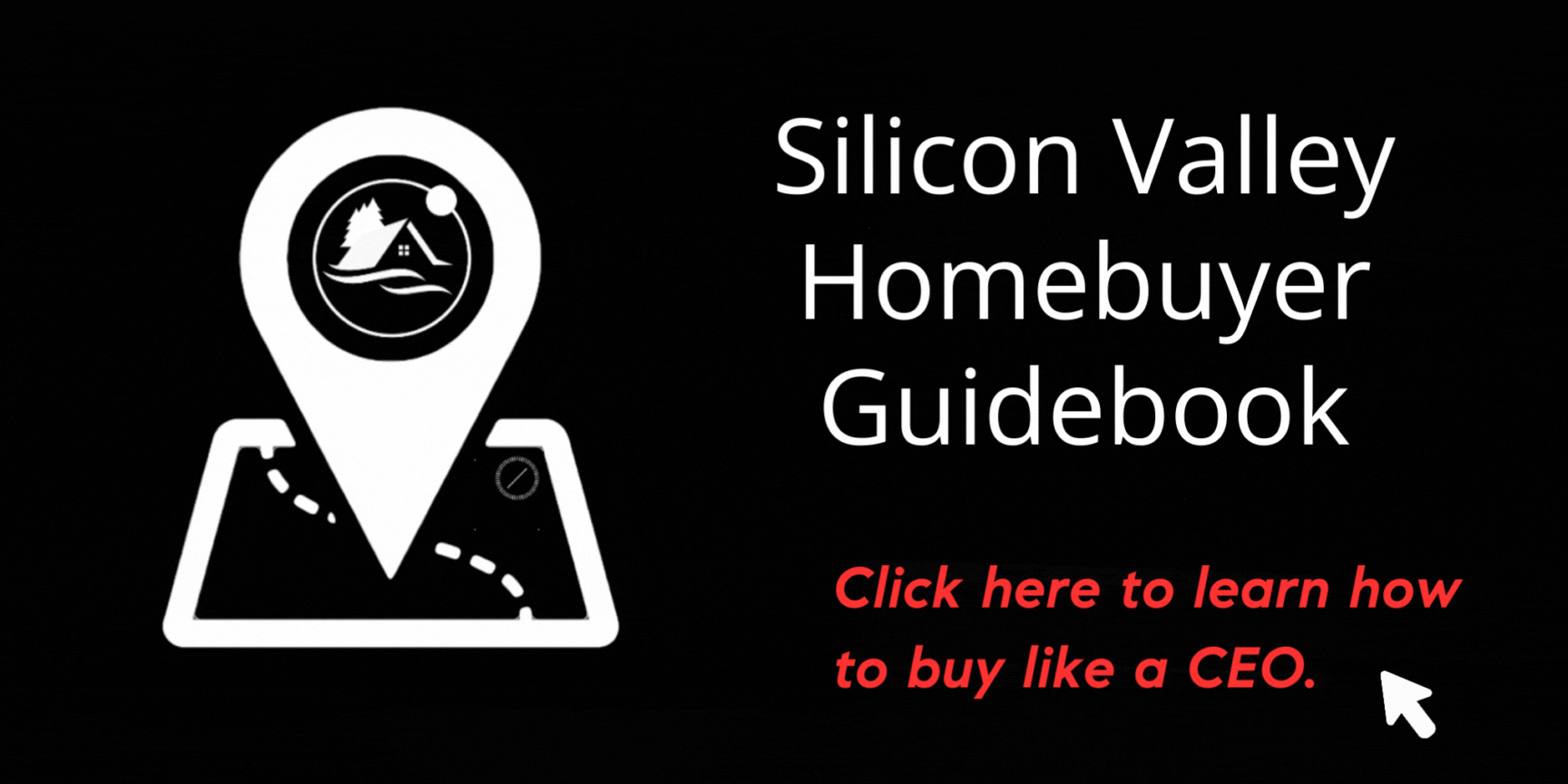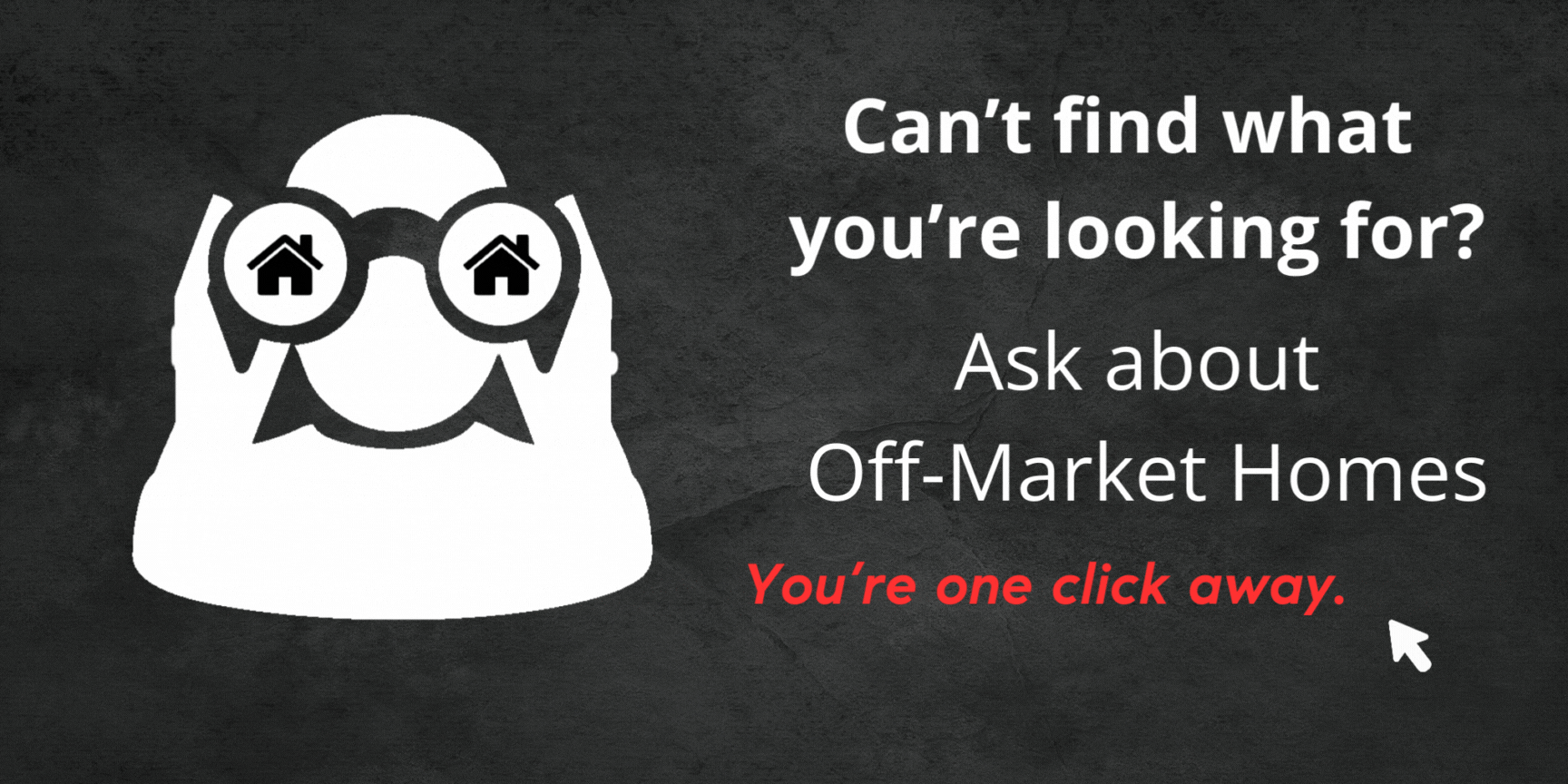In the complex landscape of real estate transactions, bridge loans emerge as a formidable tool for homebuyers and investors alike. These short-term loans are a lifeline for individuals looking to transition from one property to another smoothly, or for businesses needing to cover operating costs while awaiting long-term funds. This comprehensive guide is designed to provide you with a deep understanding of bridge loans for Bay Area real estate purchases, their structure and requirements, pros and cons, and suitable alternatives.
What Are Bridge Loans?
Bridge loans, often referred to as swing loans, gap financing, or interim financing, are a form of short-term financing designed to provide immediate cash for the down payment on or outright purchase of another home. These loans serve as a ‘bridge’ during transitional periods, which is particularly beneficial in the real estate domain, as when a buyer wants to sell one home and purchase another. Buyers can leverage a bridge loan to meet the down payment requirement for a new property before selling their existing one.
Operation of Bridge Loans
Bridge loans function as a financial cushion, allowing the borrower to meet their current obligations by providing immediate access to funds. They usually run for 6 to 12 months and are commonly secured using the borrower’s current property as collateral.
Typically, lenders offer the borrower two main options: using the bridge loan as a second mortgage for the down payment on their new home or rolling both mortgages into one. In the first scenario, the borrower borrows the difference between their current loan balance and up to 80% of their home’s value. In the second scenario, the borrower takes out one large loan to pay off the mortgage on their old home, putting the remaining money borrowed towards the down payment on their new home.
Advantages and Disadvantages of Bridge Loans
Like any other financing option, bridge loans come with their set of benefits and drawbacks.
Pros:
-
Competitive Advantage: A bridge loan can make your application more competitive in a seller’s market. It eliminates the need for a financial contingency in your offer, making it more attractive to sellers.
-
Avoid Private Mortgage Insurance (PMI): If you can manage a 20% down payment or more, you can avoid the need for PMI, which raises your mortgage payments.
-
Quick Financing: Bridge loans typically have a faster application, approval, and funding process than traditional loans.
Cons:
-
Higher Interest Rates: Bridge loans usually carry a higher interest rate than other credit facilities such as a home equity line of credit (HELOC).
-
Double Mortgage Fees: Once the bridge loan closes, you’ll start repaying it alongside your actual mortgage.
-
Tough Qualification: Bridge loans can be hard to qualify for if your finances don’t meet the lender’s requirements.
Bridge Loan Requirements
To qualify for a bridge loan, lenders typically look at standard credentials like your debt-to-income ratio, home equity, credit score, and possibly household income. If you do not have a significant amount of equity in your current home, it may be challenging to qualify.
Generally, lenders only offer real estate bridge loans to borrowers with excellent credit ratings and low debt-to-income ratios. They also allow loan applicants to borrow up to 80% of their loan-to-value ratio (LTV), which means you’ll typically need at least 20% equity in your current home to qualify.
When Could a Bridge Loan Be a Good Option?
Bridge loans may be an ideal solution in several circumstances, such as:
-
When you can’t afford a down payment without first selling your current house.
-
If you need to quickly secure a new home due to a career transition.
-
When the closing date for your new home purchase is scheduled after the closing date for the sale of your old home.
-
If you prefer to secure a new property before listing your current one.
-
When sellers in your desired area aren’t comfortable with contingent purchase offers.
Alternatives to Bridge Loans
If you’re wary of the high cost and risks associated with a bridge loan, here are some alternatives you might consider:
-
Home Equity Loans: A popular alternative to bridge loans, home equity loans allow you to borrow against your home’s equity, typically long-term (ranging up to 20 years), and offer comparable interest rates to bridge loans.
-
Home Equity Line of Credit (HELOC): A HELOC offers a better interest rate, lower closing costs, and added time to repay borrowed sums compared to a bridge loan.
-
80-10-10 Loan: This financing option requires less than a 20% down payment and allows you to avoid PMI.
-
Personal Loan: If you have a strong credit history, solid employment, a good payment history, and a low debt-to-income ratio, you might consider a personal loan.
In conclusion, bridge loans can be an effective solution for homeowners looking to transition smoothly from one property to another. However, they do come with their set of risks and costs. Hence, it’s crucial to weigh your options and thoroughly understand the terms before opting for a bridge loan.





